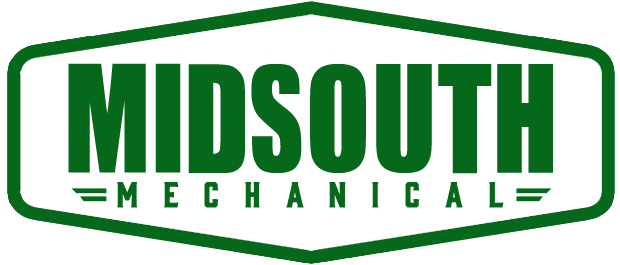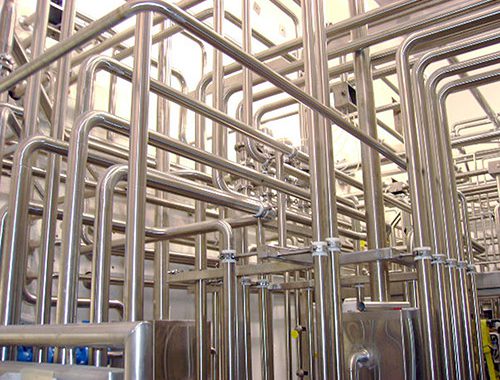An introduction to sanitary piping
Sanitary piping design consists of several different elements. But perhaps one of the most important decisions made during this process is choosing the right material. Materials used in sanitary piping need to be extremely durable, but they also need to be able to prevent bacteria growth and contamination when being used for food or beverage production. So let us explore a few common materials that might be considered for sanitary tubing or piping.
Materials used for sanitary piping
Sanitary piping is most often produced in stainless steel, but there are other options to consider. Polypropylene sanitary tubing is becoming more popular due to its ease of use and durability. It does not require any special tools for cutting or connection, which makes it an excellent choice when you have multiple fittings between each piece of sanitary tubing installed throughout your facility. However, polypropylene sanitary piping doesn’t come with the same level of corrosion resistance that stainless steel offers so care must be taken during installation if corroding will occur from exposure to chemicals used in production processes.
PVC applications in sanitary piping
Another option might be PVC sanitary tubing; while this material also has a great deal of flexibility and isn’t subject to nearly as much damage. It also comes in a variety of colors to make sanitary piping as easy on the eyes as possible. However, there are some concerns about this material being used for sanitary applications due to its poor resistance against chemicals and bacteria growth problems that might occur if left untreated.
In addition to choosing your tubing or pipe material, you will need to consider how it is going to be attached together with sanitary clamps and fittings. There are a number of different styles available so take time before making any decisions so you choose the right one. Keep in mind higher quality materials may cost more initially but they can save both money and headaches down the road by lasting longer than inferior ones made from lower quality composition.
Sanitary piping used in industrial food and beverage manufacturing
Sanitary tubing has become essential for industries where sanitary conditions need to be met. All sanitary piping should only be installed by sanitary certified technicians who understand how everything works and what materials are most appropriate for your specific application.
Food processing facilities use sanitary piping to transport liquids and gases safely. Sanitary piping is designed with the safety of both the food product, workers, and equipment in mind. There are two types of sanitary pipelines; wet lines which can handle raw or treated water as well as liquids, and dry lines which can only transport gas.
Stainless steel: Stainless steel is the most used material in sanitary tubing, with Stainless Steel 304 being the most common grade. This material is extremely durable, resistant to corrosion and damage, and is easy to clean. All these elements make it ideal to use when working with food and beverage production, especially for components like sanitary pipe hangers or sanitary clamps.
Aluminum: When manufacturers are looking for a lightweight material that is easy to use, they may choose aluminum. However, after being used for a while, this material can easily become cracked or warped. It is also not very resistant to corrosion or damage, meaning it needs to be replaced frequently.
Plastic: Plastic used to be a popular choice when designing sanitary pipe hangers and supports, but it is not used as often anymore. This is because all plastics and rubbers need to be determined food grade and are sometimes considered indirect food additives per the FDA guidelines and regulations.
Let Midsouth Mechanical help you with all your sanitary piping needs. Call us at 706-884-3206 to speak with an estimator for all of your sanitary piping needs!


